Doctor Who is a British science-fiction television series the very first episode of which was broadcast by the BBC on 23 November 1963. The central character, known only as ‘the Doctor’, is a Time Lord – a custodian of the integrity of time, if you will – from the planet Gallifrey and the series follows his journeys backwards and forwards in time, on Earth and on alien planets, via his time-travelling spacecraft the TARDIS which is disguised as a 1960s British police telephone box. He is usually accompanied on these journeys by one or more companions, often human beings from Earth but occasionally humanoid beings from other planets. Over the years the Doctor has racked up an impressive number of arch-enemies whom he has thwarted in their usually megalomaniac ambitions, most famously a race of evil cyborgs called the Daleks and a renegade Time Lord known as The Master.

Every so often, the Doctor undergoes a process known as regeneration whereby he transforms into a totally different physical body with a completely different personality although so far the Doctor has always regenerated into the likeness of a male Caucasian human being. Each Doctor has, via the process of regeneration, developed his own individual quirks and mannerisms (not to mention distinctive mode of dress) although they all share a benign compassion and desire to save life rather than destroy it.
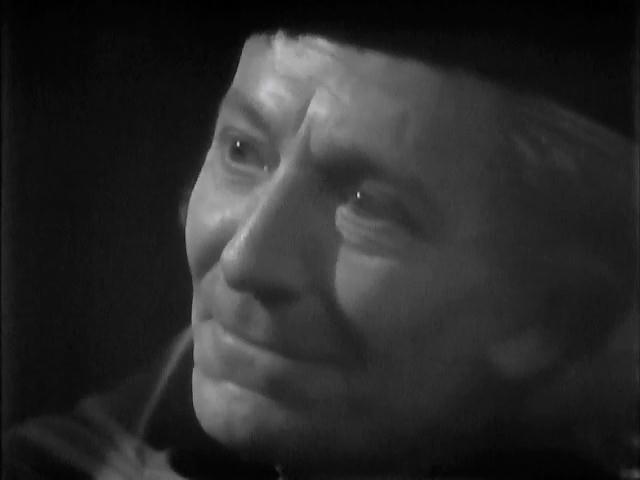
It is difficult to overstate its influence not only on British popular culture but also on several generations of British children. In much the same way that James Bond has been played by several different actors, the Doctor has been played by eleven different actors to date and, depending on when they grew up, different generations of children have their favourite Doctor. The first Doctor, played by William Hartnell, was a patrician, slightly crotchety old man. By contrast, the second Doctor, played by Patrick Troughton (familiar to horror fans from THE OMEN) was a much more mischievous character. My personal favourite was the fourth Doctor, played by Tom Baker from 1974 until 1981 but my friend Alistair, who is a few years older than me, swears by the third Doctor, played by Jon Pertwee from 1970 until 1974. Others maintain that the high water mark of the show, particularly in terms of the quality and complexity of its writing, was reached during the period of the fifth Doctor, played by Peter Davison.

Doctor Who ran from 1963 until 1989 by which time the BBC felt the show had reached the end of its life. There was a general perception that the show was not of the same high quality that it had been in previous years and had in fact been in decline for some time. Although there are many devotees of this era – which mainly encompassed the sixth and seventh Doctors (Colin Baker and Sylvester McCoy respectively) – who were vocal in its support, the show was mothballed. From time to time over the next few years there would be occasional ‘bring back Doctor Who’ campaigns, which the BBC resisted.
It was not until 1996 that the Doctor returned to the screen in his eighth incarnation (in the form of actor Paul McGann) in a made-for-television movie intended as the pilot for a subsequent series. That series never materialised but the movie generated an enormous amount of interested in the character and I think it’s true to say sparked a wave of nostalgia for fans of the original series who were now adults. Riding this wave were several companies who produced officially licensed audiobooks and novels featuring new Doctor Who adventures, which were tremendously popular.
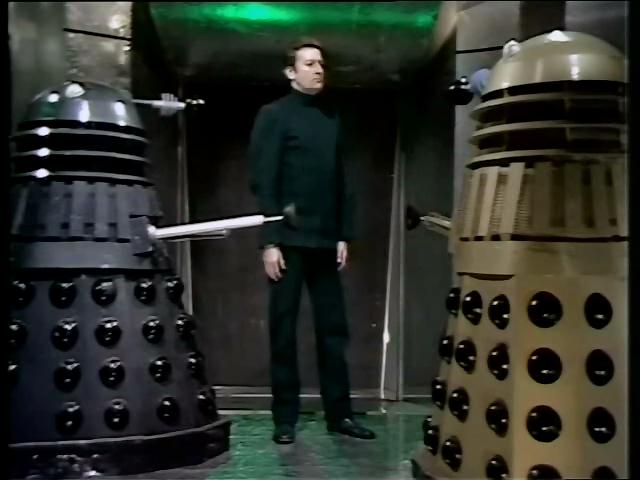
And then on 26 September 2003 the news that Doctor Who fans (or Whovians) had been waiting for for 14 years came: the BBC was producing a new series of the show, to be broadcast in 2005. The ninth Doctor was to be played by Christopher Eccleston, a British actor who had heretofore tended to appear in serious drama and who had a reputation for intensity and commitment to socialist politics. When it eventually aired, the series was a huge success – not just in Britain but worldwide. Its commercial value to the BBC is almost incalculable: as a public service broadcaster the BBC relied largely on television licence fees for its funding so the enormous revenue stream generated by the revitalised Doctor Who was a gold mine.
The series has thrived from the moment of its re-inception and since Eccleston the Doctor has regenerated into David Tennant and most recently Matt Smith, the tenth and eleventh Doctors respectively. With an increasingly ubiquitous multi-media presence, the Doctor is arguably more popular than he has ever been. Not only are there novels, comics and audiobooks (the canonical status of which is constantly debated among fans) there are action figures, stickers, encyclopaedias, construction kits – you name it. But the essential nature of the show hasn’t changed even though it is now in its 50th anniversary year.
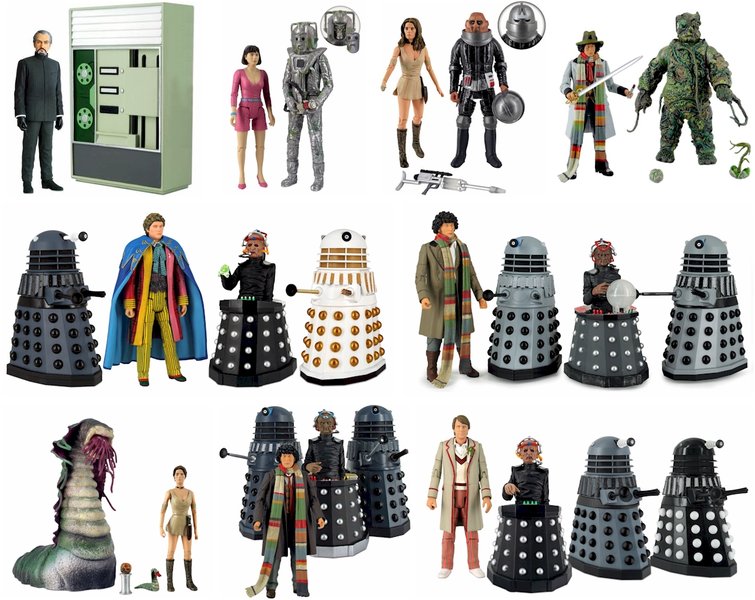
I should at this point confess that I would not describe myself as a Whovian; I’m in no way an expert on the series and nor would I consider myself to be an obsessive fan. In fact after Tom Baker left the role in 1981 I went for long periods without watching it at all. It’s fair to say that I was among that group referred to earlier who believed the series tailed off badly in the late 1980s. However, I have retained a huge fondness for the character and the mountain of lore that the series has built up over the years. I would liken its universe to that of STAR WARS in its breadth, coherent inner logic and incredible richness.
It seemed appropriate in the show’s fiftieth year to make a conscious effort to watch the entirety of the show in chronological order, going right back to the very first episode. That encompasses some 790 episodes at the time of writing, a number that will no doubt have increased by the time I get towards the more recent series. My plan is to document my progress through the Doctor Who universe in a regular monthly column on this website. I have decided my approach will be to watch all the episodes in any given story (usually between 4 and 6 episodes) and then report back my findings: what happened, what we learn about the Doctor, what we learn about other worlds and planets, how recurrent themes and characters are introduced and developed, how the look and feel of the show evolves, and a critical appraisal of the story and its execution.
It’s worth noting at this stage that, thanks to the BBC’s alarming lack of foresight, not every episode of the show is still in existence. There was a policy at the BBC until, I think, about 1974 whereby episodes of old shows that were not considered to be worth archiving were wiped or destroyed and sadly Doctor Who was no exception. The hardest hit of all the Doctors was the Patrick Troughton’s second Doctor; almost all of his first season in the role is missing. Happily though there is something of a small industry of fans, archivists and BBC staff hard at work scouring the world for the missing episodes and, when found, restoring them. This work has resulted in some, but by no means all, episodes being recovered; I believe there are 106 missing episodes although this number is coming down all the time. Instances where episodes (or entire stories arcs) are missing will also be blogged about to the extent possible, in order to keep the overall narrative as full as possible.

So, a mammoth undertaking then, but one that I am really excited about and looking forward to massively. I hope you’ll find the stamina to keep going with me and, if any of you have the time, means and inclination to follow the series with me, it would be great to hear from you.
The Doctor Who Project: Introduction
 Horror News | HNN Official Site | Horror Movies,Trailers, Reviews
Horror News | HNN Official Site | Horror Movies,Trailers, Reviews
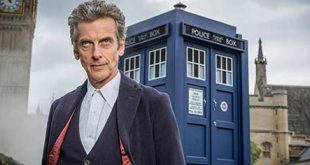


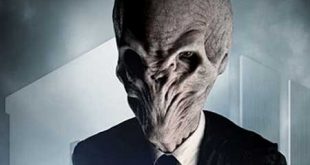
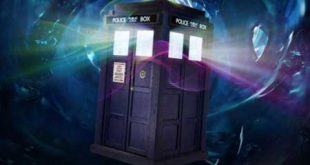
This is going to be an outstanding column. I grew up on Tom Baker as the Doctor.
Nice work Dan! I havent seen much Dr. Who myself, but I’m sure fans of the franchise will appreciate it